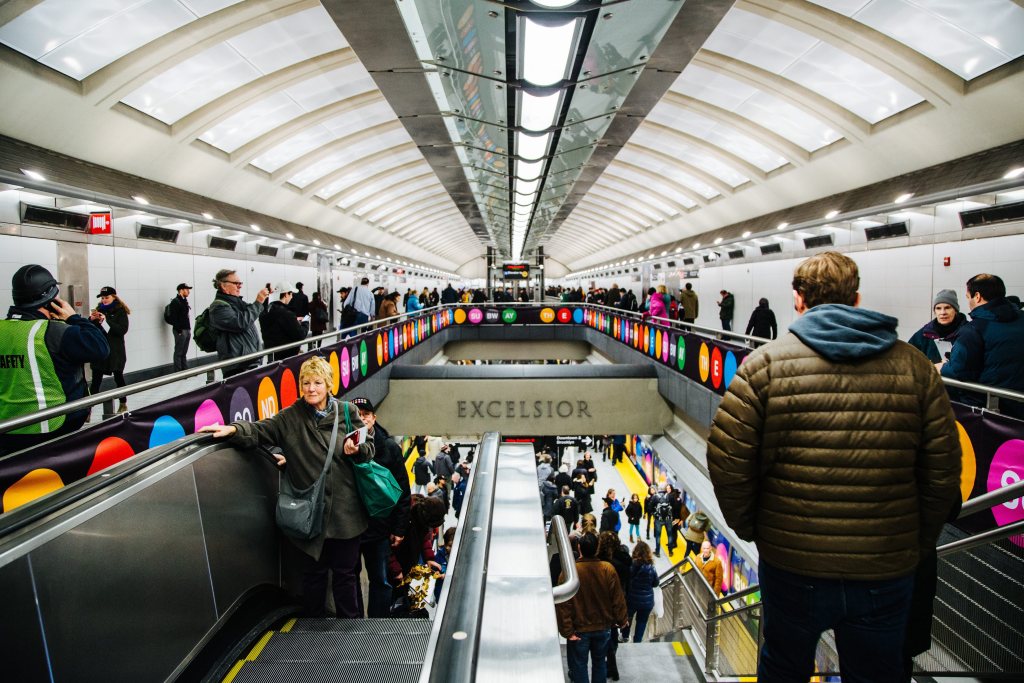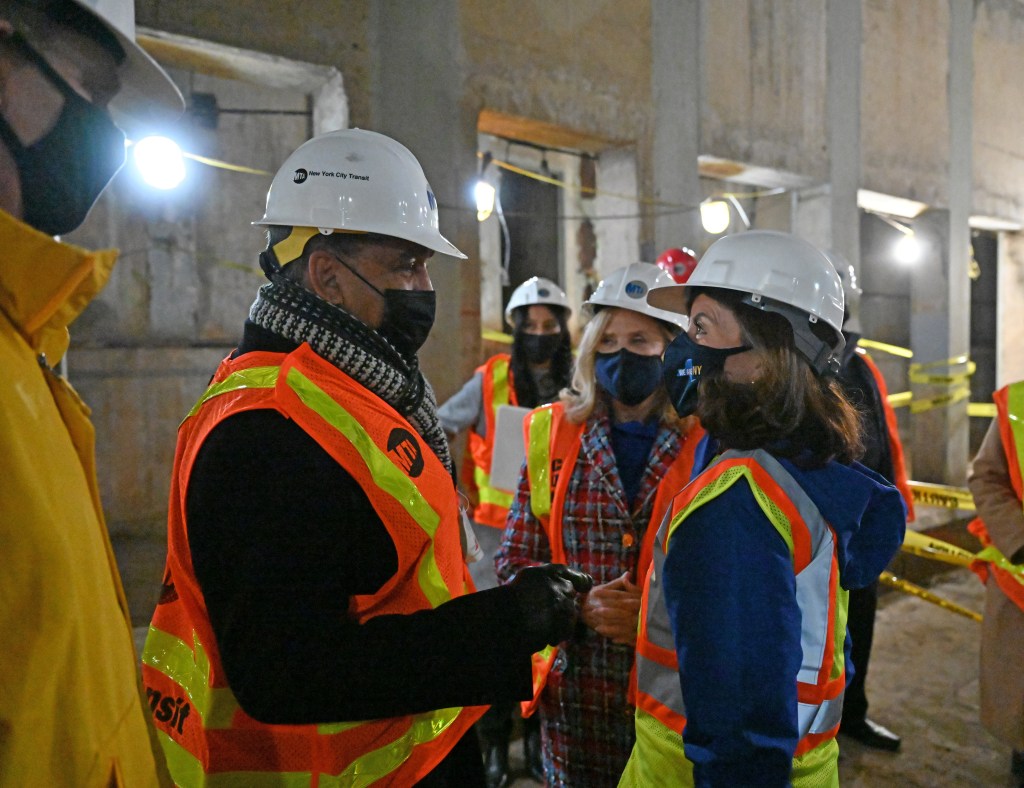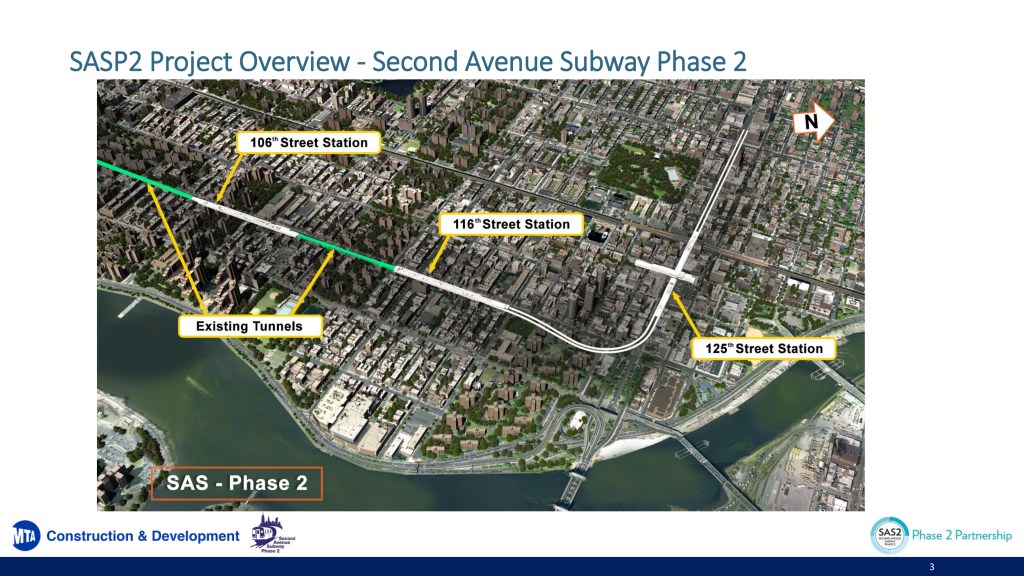MTA scales back Second Avenue subway add-on, but price tag still hefty $6.3B
Contact The Author
The MTA’s flashy plans for new multi-level subway stations in East Harlem have been scaled back — but still come with the same multibillion-dollar price tag, filings with regulators show.
With the changes, the Metropolitan Transportation Authority hopes to shave an estimated $500 million off the price tag, which now need to be allocated to other project costs that have gone up.
The bottom line: A projected price tag of $6.3 billion hasn’t budged.
Documents quietly filed with the Federal Transit Administration at the height of the pandemic sought — and got — permission to scale back the mezzanine at the 116th Street station to half the original length.
Officials have also confirmed to The Post that they’re planning to scale back the mezzanine at the 106th Street station.
To reduce the amount of digging needed, the MTA also is spiking plans to put a lunchroom and quarters for subway crews underground at the 125th Street station.
The new savings are in addition to $500 million agency officials claimed they saved in 2018 by reusing the subway tunnel laid beneath Second Avenue decades ago in preparation for the expansion.
Without the changes, the project’s price tag would have ballooned to at least $7.3 billion, officials say.
The MTA’s decision to build massive stations with pricey full-length mezzanines for the Second Avenue subway’s first three stations — at 72nd, 86th and 96th streets — has come under fire for years.
Most recently, a report from researchers at New York University revealed the oversized stations were a product of the MTA’s over-reliance on outside design and engineering firms with little incentive to reign in costs.
The NYU report revealed the MTA’s consultants and contractors designed stations with caverns twice as large as the 600-foot-long platforms needed for boarding and exiting the trains.
All the extra digging comes at a steep cost — particularly in New York City, where the construction trades are unionized and well-paid.
Yet even with the changes, many much-criticized design choices from the first leg of the Second Avenue subway appear to be included in the program’s second phase.
For example, MTA diagrams submitted to the feds show the 116th Street station will still end up being around 1,100 feet long — stretching from 115th Street to 120th Street. And the FTA signed off on changes to the stations in August 2020, according to documents quietly posted on the MTA’s website.
The agency’s construction chief, Jamie Torres-Springer, obliquely referred to them in a December 2022 presentation to the MTA’s board of directors, saying officials managed to wring $1 billion in savings from the project.
“The savings of one billion dollars on this project is consistent with the MTA’s commitment to creatively identifying efficiencies and reducing expenditures whenever possible, avoiding costs without compromising reliability, service or safety,” said MTA spokesperson Joana Flores.







